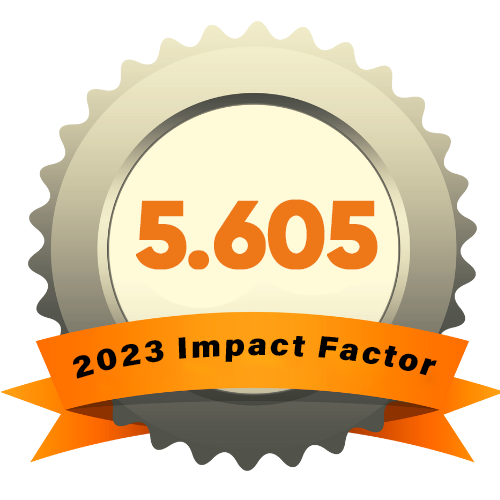PROSPECTS FOR THE DEVELOPMENT OF THE WAQF CHARITABLE PUBLIC FUND
Ключевые слова:
Waqf, Islamic microfinance, poverty, debt hasan, zakat, Waqf charitable public fund, Islamic economy, non-governmental non-profit organizations.Аннотация
Since islam is prevailed, Waqf institutions have performed a certain function of the state by providing social protection for economically and materially poor families in the society. Through waqf institutions, wealth was redistributed by the rich to the needy part of the population. That is, the rich donated their wealth to the waqf fund, and the needy section was financed from the waqf fund. As a result, the strong stratification between the rich and the poor was avoided. Based on the ideas of the modern capitalist concept, today the rich are getting richer and the poor are getting poorer. It doesn't matter whether we call it market economy or digital economy, it is a model that complements each other logically. These models are concerned with how a person can get more wealth. As a result, today 827 million people are condemned to poverty, which is more than 10% of the world's population.
It has been said that it is good to go back to history. Accordingly, the topic is to conduct the research on the waqf fund, a financial institution that served humanity until the last century, but has lost its importance as a result of the collapse of Islamic empires and the weakening of Muslim societies, and today has great potential. we intended.
This article describes the organizational foundations of the waqf fund, its role in reducing poverty, and its importance in the organization of Islamic microfinance. Based on foreign experience, scientific and practical recommendations have been formulated for the radical improvement of the Waqf Fund.
Библиографические ссылки
1. Law of the Republic of Uzbekistan on Non-Governmental Non-Commercial Organizations, dated 14.04.1999 No. 763-I, Article 2
Abdulla Qodiriy “O’tgan kunlar”, Roman 1926 yil, 1-bet
Al-Fauzan, Salleh b. Fauzan b. Abdullah. (1423). Al-Mulakhas al-Fiqhiyi. Riyadh: Dar al-’Ismah.
Aun, W.M. (1975), An Introduction to the Malaysian Legal System, Heinemann Educational Books (ASIA), Kuala Lumpur.
Cajee, Z.A. (2007), “Revitalising the institution of awqaf in developing community”, paper presented at the Singapore International Waqf Conference, Singapore, 6-7 March.
Cizakca, M. (2002), “Latest developments in the Western non-profit sector and the implications for Islamic awqaf”, in Iqbal, M. (Ed.), Islamic Economic Institutions and the Elimination of Poverty, The Islamic Foundation, Leicester, pp. 263-287.
Hall, Irene. and Hall, D. (2004). Evaluation and Social Research. Hampshire: Palgrave, Macmillan
Kenjaboeva R. M., X-XIII asrlar Movarounnahr Xanafiy manbalarida vaqf masalalari, PhD dissertatsiyasi, Toshkent – 2021, 15-bet
Khademolhoseini, M. (2008). Cash Waqf A New Financial Instrument For Financing Issues: An Analysis of Structure and Islamic Justification of Its Commercialization. Imam Sadiq University. See also, Magda I. A. M. (2008). Awqaf: The Social and Economic Empowerment Of The Ummah. International Seminar On Awqaf. Johor Bahru, 4.
McChesney, R.D. (1991), Waqf in Central Asia: Four Hundred Years in the History of a Muslim Shrine, 1480-1889, Princeton University Press, Princeton, NJ.
Nobank kredit tashkilotlari va mikromoliyalashtirish faoliyati toʻgʻrisida"gi qonun (OʻRQ-765-son, 20.04.2022-y.)
Siraj, S.A. (2012), “An empirical investigation into the accounting, accountability and effectiveness of waqf management in the State Islamic Religious Councils (SIRCs) in Malaysia”, Doctoral thesis, Cardiff University, Cardiff.
www.lex.uz
www.vaqf.uz
www.kun.uz
www.worldbank.org














